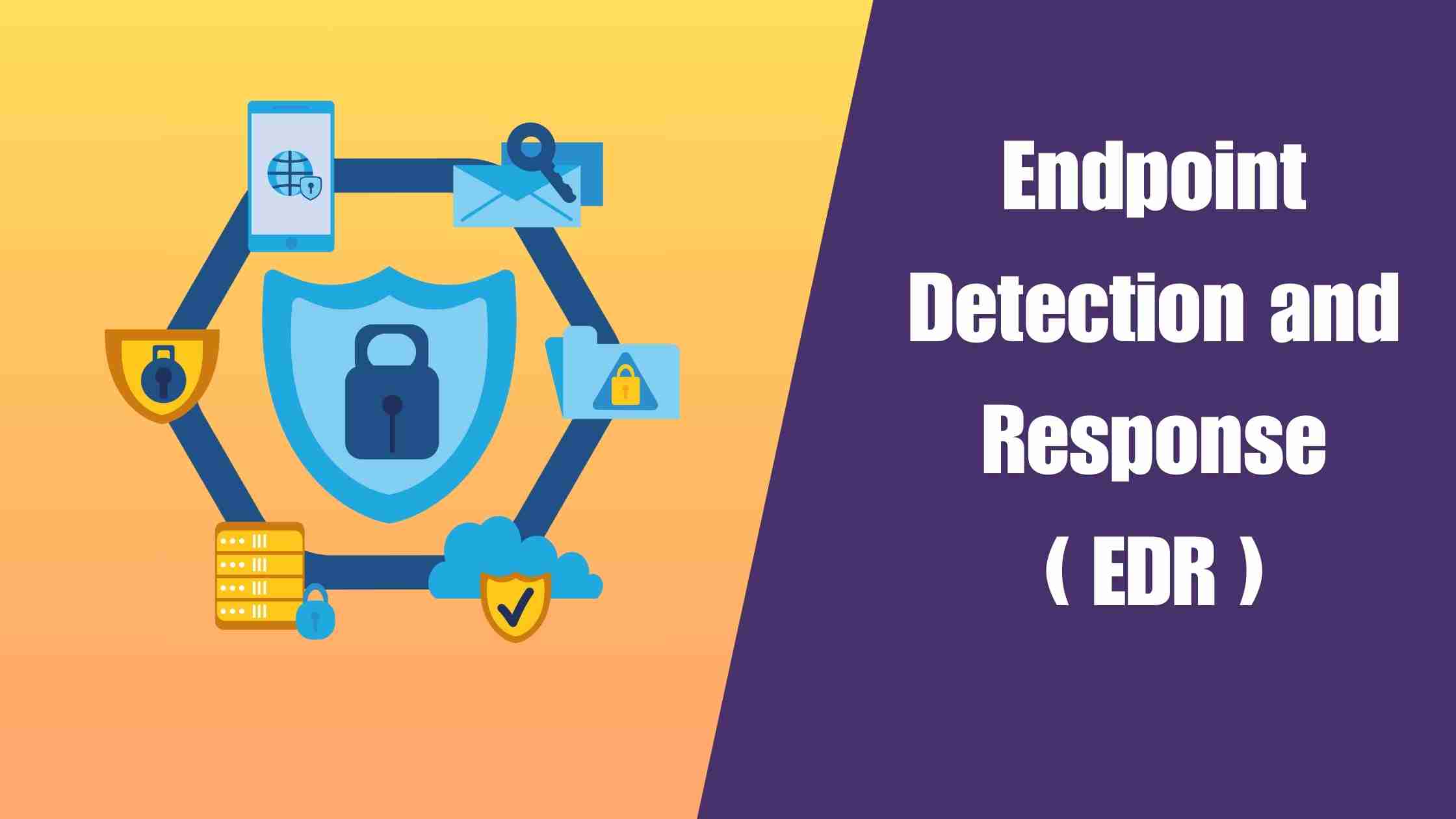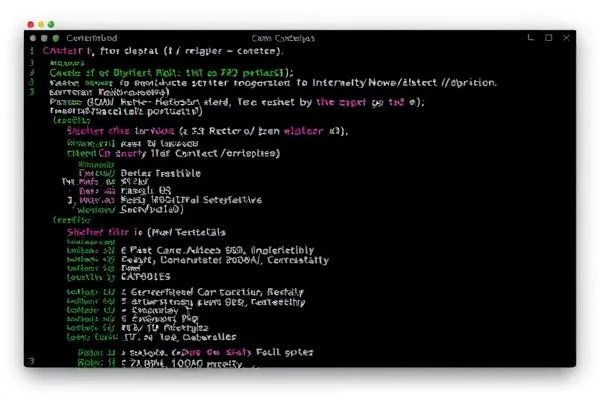With the rise of remote work and distributed networks, securing endpoints has become one of the most crucial aspects of cybersecurity. Endpoint Detection and Response (EDR) tools provide real-time monitoring, threat detection, and automated response mechanisms to protect businesses from a variety of cyber threats. In this blog post, we explore the best EDR tools on the market and how they can enhance your cybersecurity strategy.
Table of Contents
What is Endpoint Detection and Response (EDR)?
EDR is a security solution that monitors endpoints—such as laptops, servers, and mobile devices—in real-time, to detect and respond to cyber threats. EDR tools help organizations identify potential threats quickly, mitigate risks, and ensure that incidents are managed effectively before they escalate.
Why EDR Matters for Business Cybersecurity
Endpoints are a common entry point for cyberattacks. Hackers often exploit vulnerabilities in employee devices, such as unpatched systems or phishing attempts, to gain unauthorized access. EDR tools continuously monitor for suspicious activity, identify vulnerabilities, and respond to incidents, making them essential for businesses of all sizes to maintain a strong security posture.
Top Endpoint Detection and Response Tools
1. CrowdStrike Falcon
CrowdStrike Falcon is one of the leading EDR tools in the market. It offers real-time threat detection, AI-powered analysis, and threat intelligence to protect endpoints. The platform is cloud-native, making it highly scalable and efficient for businesses of all sizes. CrowdStrike is known for its swift incident response and thorough reporting.
2. SentinelOne Singularity
SentinelOne’s Singularity platform provides automated endpoint protection with advanced threat detection and response capabilities. The tool uses AI to detect malware, exploits, and fileless attacks. SentinelOne stands out for its ability to roll back malicious activities, restoring endpoints to their pre-attack state without needing human intervention.
3. Microsoft Defender for Endpoint
Microsoft Defender for Endpoint is an excellent solution for businesses that rely on the Microsoft ecosystem. It provides robust security features, including advanced threat analytics, automated investigation, and response capabilities. Its integration with Windows makes it a natural choice for enterprises with a large Microsoft footprint.
Choosing the Right EDR Tool for Your Organization
When selecting an EDR tool, consider factors such as the size of your organization, the complexity of your network, and your existing security stack. For example, CrowdStrike offers highly scalable solutions, while Microsoft Defender for Endpoint may be more suited to companies already using the Microsoft ecosystem. Additionally, evaluate the tool’s ability to integrate with your current security infrastructure and its incident response capabilities.
Conclusion
In today’s evolving cybersecurity landscape, having a robust Endpoint Detection and Response solution is critical to safeguarding your organization from threats. CrowdStrike, SentinelOne, and Microsoft Defender are among the top choices, each providing advanced threat detection, real-time monitoring, and automated response mechanisms. By selecting the right EDR tool for your business, you can strengthen your security defenses and reduce the risk of a breach.
Glossary
- Endpoint:
- Any device connected to a network, such as laptops, desktops, servers, or mobile devices, that can be a target for cyberattacks.
- EDR (Endpoint Detection and Response):
- A security solution that monitors and protects endpoints by detecting, analyzing, and responding to security incidents in real time.
- AI-Powered Analysis:
- Artificial intelligence technologies used to analyze data and detect anomalies or potential security threats faster and more accurately than traditional methods.
- Incident Response:
- The process of detecting, managing, and mitigating a security incident to minimize damage and restore normal operations.
- Fileless Attack:
- A type of cyberattack that doesn’t rely on malware files but instead leverages legitimate applications and processes to execute malicious code.
- Threat Intelligence:
- Data collected and analyzed to understand existing or emerging threats and to enhance an organization’s ability to prevent or respond to cyberattacks.
- Rollback:
- The ability to restore a system or device to a previous, uninfected state, often used in EDR tools to undo the damage caused by malware.









